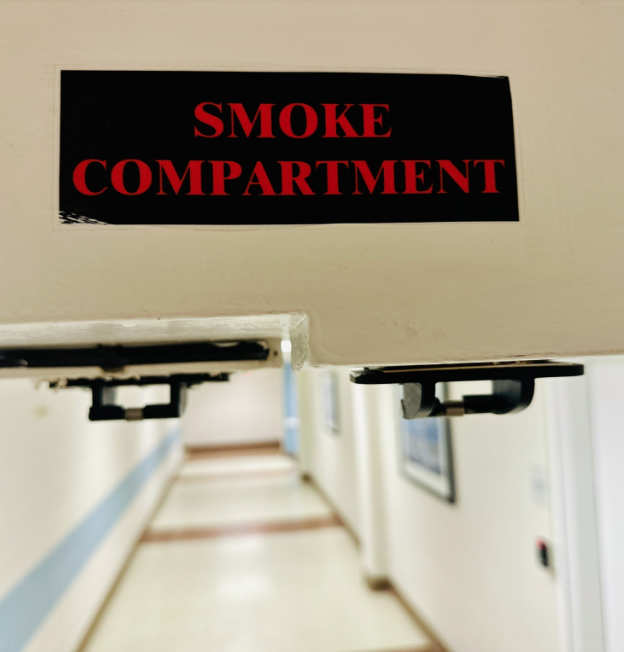Foundations of Life Safety: Passive Systems and Means of Egress
What you’ll learn:
This course covers the role of passive life safety systems in hospitals. It explains how smoke compartments, fire-rated barriers, and means of egress work together to meet NFPA 101 (2012) requirements. Real-world hospital scenarios show how these systems support defend-in-place evacuation strategies and help protect occupants during a fire.
$279.00 / year
$49.00 every 3 months
Learning Objectives:
- 1. Identify passive and active life safety systems and NFPA 101 (2012) requirements for smoke compartments, barrier spacing, and storage limits in hospital environments
- 2. Identify the components of means of egress, like exit access, exit, and exit discharge, based on NFPA 101 (2012)
- 3. Use passive life safety features and life safety drawings to apply defend-in-place evacuation strategies, including appropriate patient movement paths during fire scenarios
What you’ll receive:
1 Continuing Education Credits (CECs) equivalent to 0.1 Continuing Education Units (CEUs)
Certificate of completion

